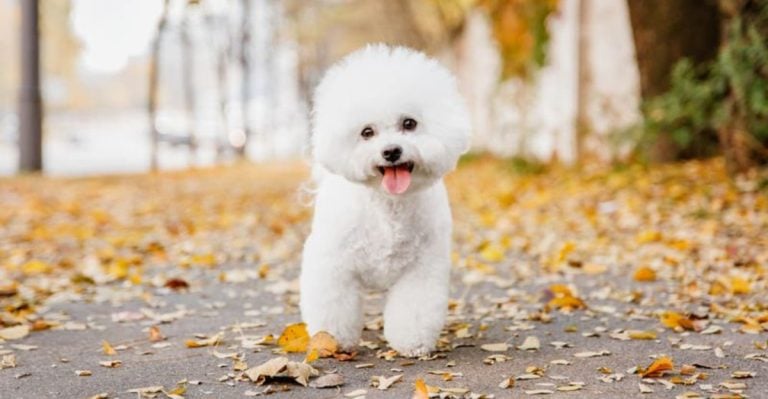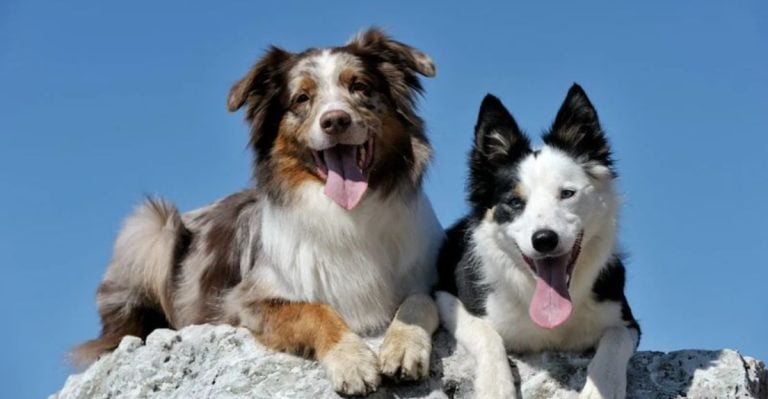12 Fascinating Things You Didn’t Know About Alaskan Huskies
Alaskan Huskies are incredible working dogs with a rich history in the snowy landscapes of Alaska. These remarkable canines have played a crucial role in transportation, survival, and companionship throughout the development of Alaska’s frontier communities. While many people recognize their striking appearance, there’s so much more to these amazing dogs than meets the eye!
1. Not Actually a Purebred Breed

Alaskan Huskies aren’t recognized as an official breed by major kennel clubs. They’re purpose-bred working dogs, developed specifically for pulling sleds in harsh Arctic conditions.
Unlike Siberian Huskies or Malamutes, Alaskan Huskies are a type rather than a standardized breed. They’re a mixture of various northern breeds combined with hunting dogs, shepherds, and even hounds to create the ultimate working sled dog.
2. Incredible Endurance Athletes
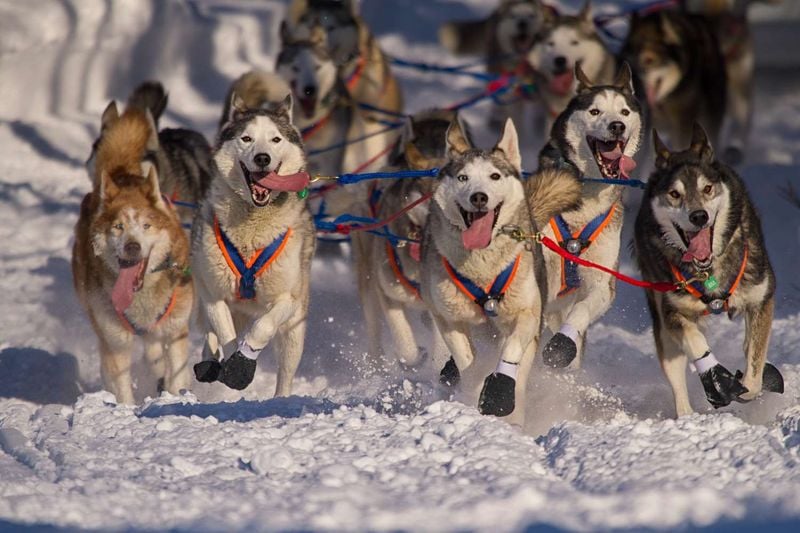
Marathon runners have nothing on these canine athletes! Alaskan Huskies can run over 100 miles per day in the right conditions, maintaining an average speed of 10-15 mph for hours on end.
Their cardiovascular efficiency is astonishing, with hearts that can pump blood more effectively than most other dog breeds. Racing Alaskan Huskies have been documented burning up to 12,000 calories daily during intense competition – equivalent to a human consuming 35,000 calories!
3. Masters of Temperature Regulation

Forget fancy outdoor gear – Alaskan Huskies come equipped with built-in temperature control systems that put human technology to shame. Their double-layered coat insulates perfectly against subzero temperatures while allowing excess heat to escape during intense exercise.
Even more impressive, these dogs can adjust their metabolism based on activity levels. When racing, they generate tremendous heat, but while resting, they can lower their core temperature to conserve energy, curling into tight balls with their bushy tails covering sensitive noses.
4. Genetically Adapted Feet
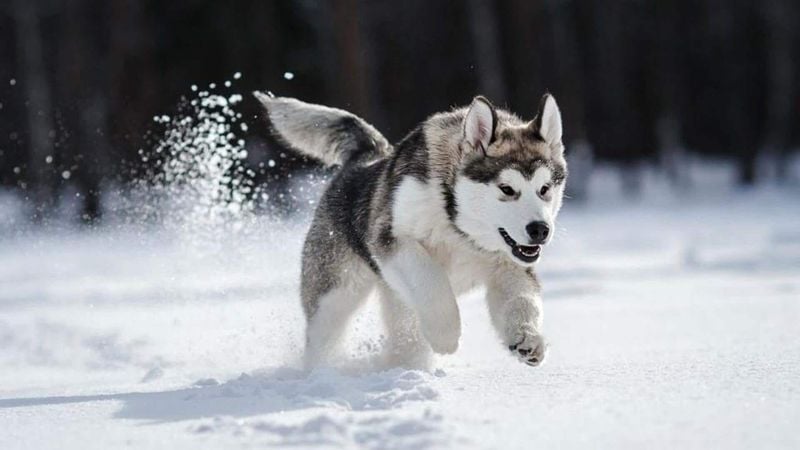
Snow booties aren’t just fashion accessories for sled dogs – they protect specialized feet that have evolved for Arctic conditions. Alaskan Huskies have compact, slightly webbed feet that act as natural snowshoes, distributing weight evenly across snow surfaces.
Between their toes grows thick fur that prevents ice buildup and provides insulation. Their footpads contain specialized fats that resist freezing even in extreme temperatures, while blood vessels in their paws operate through a counter-current heat exchange system, warming cold blood before it returns to the body.
5. Vocal But Rarely Bark
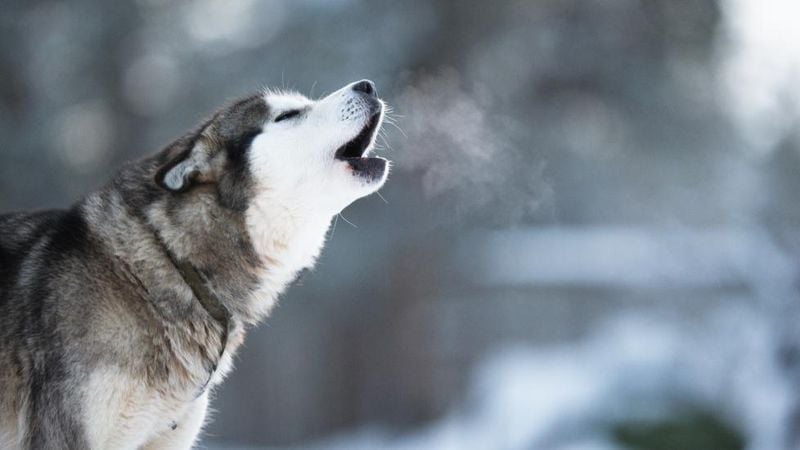
Anyone expecting traditional dog barks from Alaskan Huskies is in for a surprise. These chatty canines prefer to howl, whine, and make an array of vocalizations that sound almost like talking.
Their communication style stems from their wolf ancestry and working requirements. In a sled team, unnecessary barking wastes energy and creates confusion. Instead, they’ve developed a complex “language” of sounds that communicate specific needs to handlers and other dogs.
6. Surprisingly Low Food Requirements

Despite their high energy output, Alaskan Huskies have remarkably efficient metabolisms. During racing season, they consume only about half the calories per pound of body weight compared to other active breeds.
Their digestive systems extract maximum nutrition from high-fat, high-protein diets. Racing teams often feed specialized mixtures containing salmon, beef, poultry, and quality fats. This metabolic efficiency evolved from their ancestors who survived harsh northern winters with limited food sources.
7. Mind-Blowing Scent Memory

Hidden beneath their athletic prowess lies an extraordinary sense of smell coupled with impressive memory. Alaskan Huskies can remember trails they’ve traveled just once, even when completely covered by fresh snow.
This remarkable ability saved countless lives throughout Alaska’s history. Before modern navigation tools, mail carriers and travelers relied entirely on their dogs’ abilities to find settlements during whiteout conditions. Some experienced lead dogs could follow trails last traveled months earlier, detecting scent molecules trapped beneath layers of snow.
8. Different Eye Colors Are Common
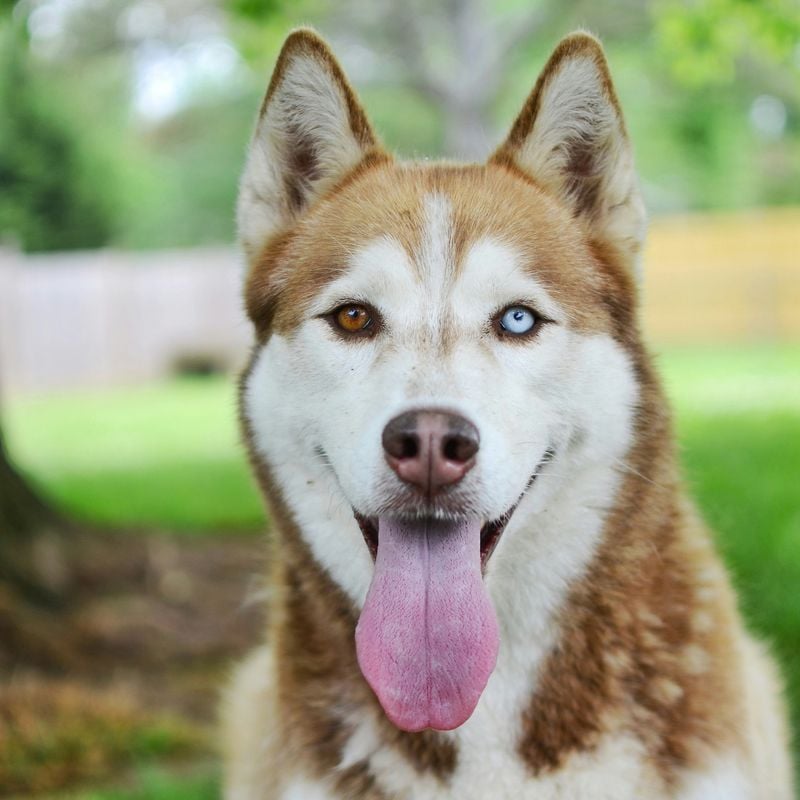
Those mesmerizing mismatched eyes aren’t just for show! Heterochromia (different colored eyes) appears frequently in Alaskan Huskies, with one blue and one brown eye being the most common combination.
Some even have parti-colored eyes containing multiple colors within the same iris. This trait results from genetic factors affecting melanin distribution. While purely cosmetic, mushers once believed dogs with different colored eyes could “see both heaven and earth,” making them superior lead dogs.
9. The Ultimate Cold-Weather Sleepers
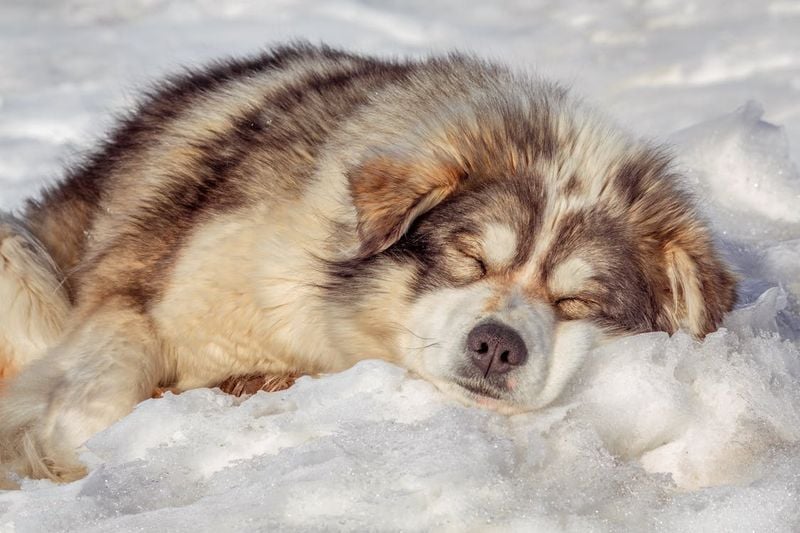
Watching an Alaskan Husky sleep in snow might make you worry, but don’t! These cold-weather specialists can comfortably sleep in temperatures as low as -40°F by creating their own microclimate.
They curl into tight balls, tucking their noses under bushy tails which pre-warms inhaled air. Snow actually provides insulation, and many will actively dig depressions in snow for better heat retention. Their body temperature naturally drops while sleeping, conserving energy and requiring less food during rest periods.
10. Born With Natural Pulling Instincts
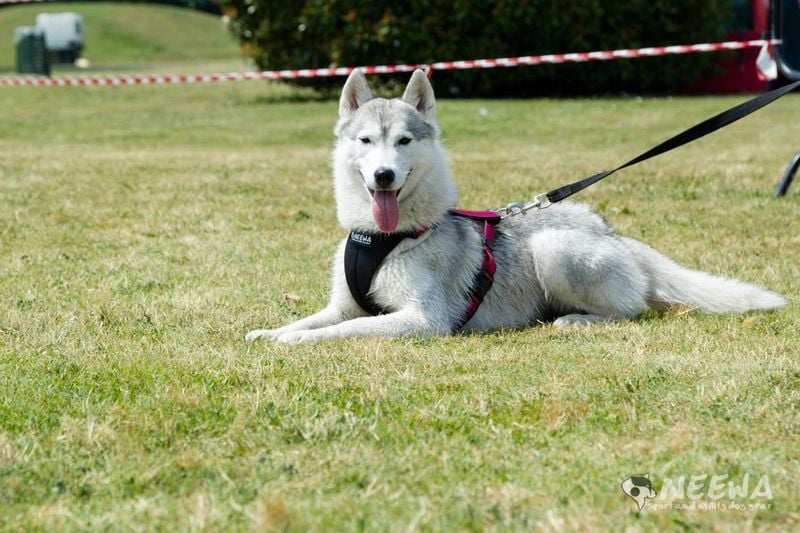
Unlike many working behaviors that require extensive training, Alaskan Huskies demonstrate natural pulling instincts from puppyhood. Young puppies will instinctively pull against collar pressure rather than yield to it.
Experienced mushers recognize this trait early, testing puppies by gently pulling backward on makeshift harnesses. The strongest pullers often become lead sled dogs. This instinct comes from selective breeding over generations, with the most enthusiastic pullers consistently chosen as breeding stock.
11. Incredible Problem-Solvers
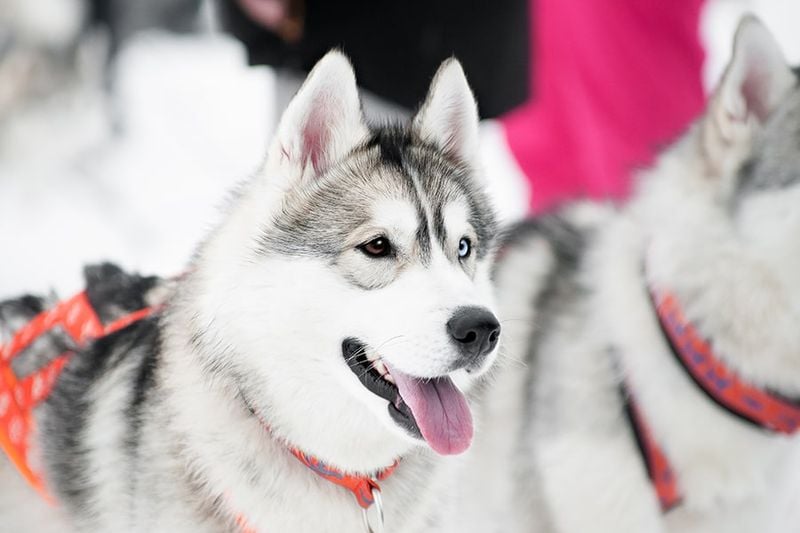
Beyond physical prowess, Alaskan Huskies possess remarkable problem-solving intelligence specifically adapted to Arctic survival. They can assess ice thickness by sound and feel, avoiding dangerous crossings that even experienced human handlers might miss.
Lead dogs make complex navigational decisions, calculating routes that balance distance, terrain difficulty, and team energy levels. Many can learn commands in multiple languages and understand directional instructions for trails they’ve never traveled. This practical intelligence differs from obedience-based smarts measured in other breeds.
12. Living Longer Than Most Working Dogs

Despite their demanding lifestyle, Alaskan Huskies typically enjoy longer lifespans than many similar-sized working breeds. The average working Alaskan Husky lives 12-15 years, with some reaching 17 or beyond.
Regular exercise, genetic diversity from their mixed breeding, and specialized healthcare from mushers contribute to their longevity. Many retired sled dogs remain active well into their senior years. Their efficient metabolism and naturally low body fat help prevent many age-related conditions common in other breeds.



